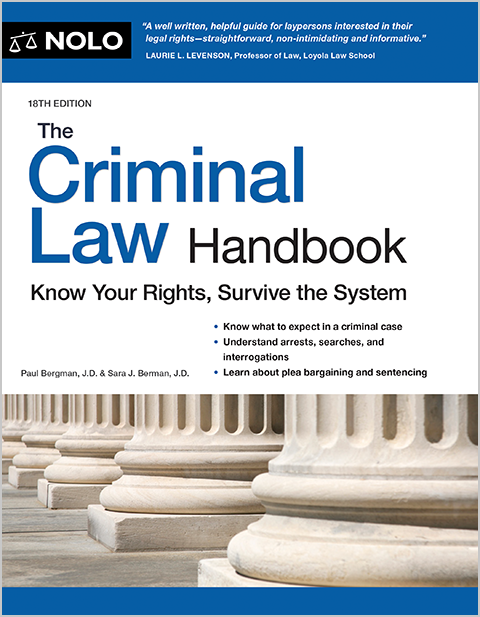If symptoms of your celiac disease or gluten sensitive enteropathy (GSE) are severe enough, you may qualify for SSDI or SSI benefits.
Celiac disease, or gluten sensitive enteropathy (GSE), is a disorder in which you are unable to eat foods containing gluten. Gluten can be found in wheat products, spelt, rye, and barley. If your symptoms of celiac disease have lasted for a year or more and kept you from working full-time, then you might be eligible for disability benefits.
Symptoms, Diagnosis, and Treatment of Celiac Disease
If you have celiac disease, eating foods with gluten causes an autoimmune reaction in the small intestines and damages the inner lining of your intestines. Symptoms of celiac disease include:
- abdominal pain
- vitamin deficiencies stemming from difficulty absorbing nutrients (for example, anemia caused by a lack of iron and osteoporosis resulting from a lack of calcium)
- weight loss
- diarrhea
- joint pain
- depression
- numbness in the hands or feet
- headaches, and
- fatigue.
Your doctor may use a blood test or collect a sample of your small intestine to determine whether you have celiac disease. Treatment of this disease generally involves eating a gluten-free diet. If someone in your family has celiac disease, you're at a higher risk of having this condition.
Obtaining Disability Benefits for Celiac Disease
Once you've been diagnosed with celiac disease, it's unlikely your inability to work will last a year, since going on a strict gluten-free diet usually eliminates celiac symptoms. And because Social Security doesn't provide "temporary" or "short-term" benefits, you won't be able to qualify for Social Security Disability Insurance (SSDI) or Supplemental Security Income (SSI) if your symptoms have improved within twelve months of your diagnosis.
But if it took you and your doctor over a year to figure out that celiac disease was the cause of your symptoms and put you on a gluten-free diet that treated those symptoms, you still may be able to receive some benefits even if you're now able to work. As long as you were unable to work for a year, you could still ask for a closed period of disability benefits for the time that you couldn't work.
Meet a Disability Listing to Get Benefits
Social Security has created a category of medical conditions (the "Listing of Impairments", also known as the "Blue Book") that describes certain disorders along with the evidence needed to prove that the disorder is automatically disabling. While celiac disease isn't a listed impairment on its own, you may still be able to qualify for benefits if your symptoms are severe enough to meet or equal a related digestive system listing.
Examples of related disorders include gastrointestinal hemorrhaging, inflammatory bowel disease, and severe weight loss. You should review the listings below and discuss them with your doctor.
- Listing 5.02, Gastrointestinal hemorrhaging from any cause. Requirements include having three blood transfusions of at least 2 units per transfusion, at least 30 days apart, and within a 12-month period.
- Listing 5.06, Inflammatory bowel disease (IBD). Requirements include having chronic (multiple times, several months apart, over a one year period) abnormal blood protein levels, hospitalizations, tender abdominal masses, draining abscesses, severe flare-ups, or needing daily supplemental nutrition with a catheter.
- Listing 5.08, Weight loss due to any digestive disorder. Requirements include having a body mass index (BMI) below 17.50—despite following prescribed treatment—calculated on at least two separate occasions, 60 days apart, within a 12-month period.
If your doctor agrees that your celiac disease symptoms are severe enough to be functionally equal to the above listing requirements, have them write a medical source statement to that effect and submit it to Social Security.
Determining Your Residual Functional Capacity to Rule Out Work
If your symptoms and your medical evidence aren't severe enough to meet or equal a disability listing, then Social Security will assess your residual functional capacity (RFC). Your RFC is a set of limitations on the type of work activities you can do.
Most RFCs contain restrictions to a certain exertional level, a way of classifying jobs according to the physical demands needed to perform the job. For example, sedentary work is performed mainly while sitting down and without needing to lift more than ten pounds, while light work requires you to be on your feet for six hours a day and lift up to 20 pounds. Medium, heavy, and very heavy work describe jobs where you need to be able to lift 50 pounds or more.
If your celiac disease symptoms are so intense that you can't do any sit-down jobs (in Social Security lingo, you have a "less than sedentary" RFC), your disability application will be approved. That's because sedentary work is the least physically demanding exertional level, so being unable to lift ten pounds or sit for six hours a day will rule out all jobs. Similarly, needing to take unscheduled breaks, failing to complete basic tasks, or missing too many work days means that you're not able to do a job at any exertional level full-time.
Depending on your age and education, you may also be found disabled if your RFC limits you to light or sedentary work, but your past jobs were performed at a medium (or higher) exertional level and you don't have any transferable skills. For more information on why it becomes easier to get disability at age 50, see our article on the medical-vocational grid rules.
Legal Representation Can Help
Getting Social Security benefits for celiac disease by yourself can be challenging. Consider hiring an experienced disability attorney to help you with your claim. Your lawyer can tell you what the strengths of your case are and help address any weaknesses. Having an attorney can make it easier for you by gathering and submitting medical information to Social Security, and applicants who are represented at a disability hearing have a higher chance of success.

